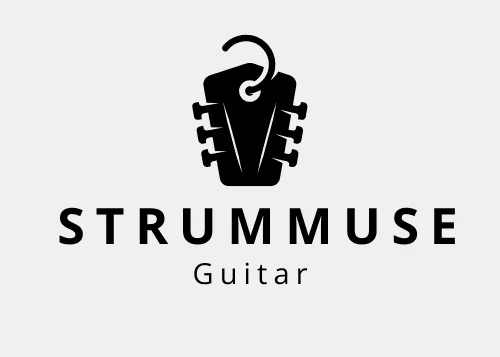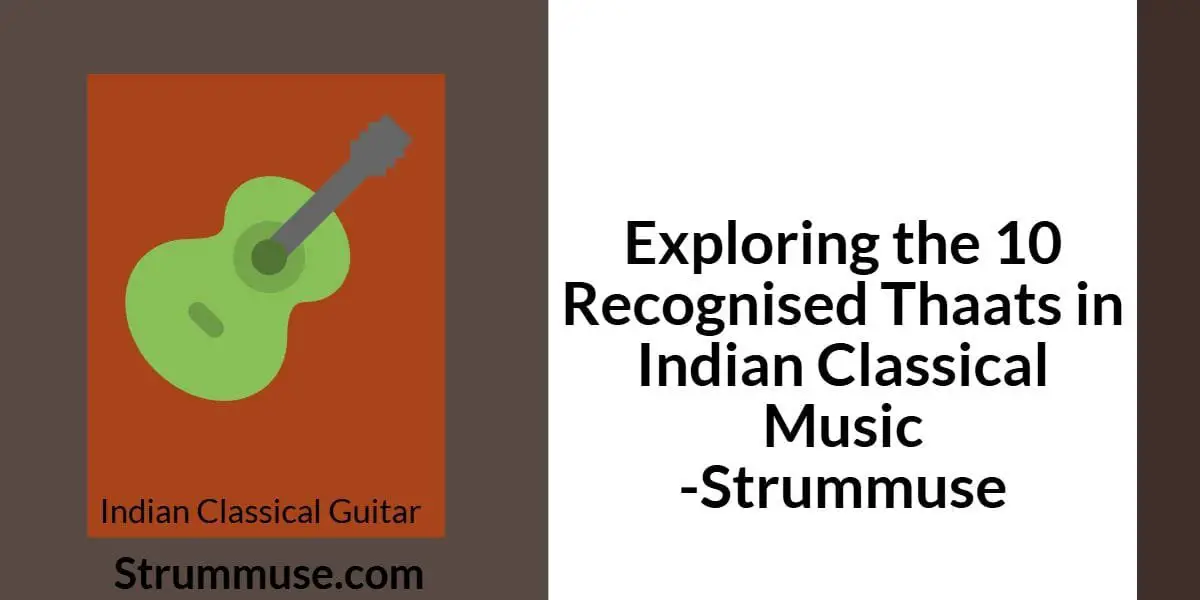Have you ever listened to a raga and felt completely transported to another world? That’s the magic of Indian classical music—and at the heart of it lie the 10 thaats. These thaats aren’t just scales or patterns; they’re the DNA of countless ragas that have echoed through temples, courts, and concert halls for centuries.
As a musician and lifelong lover of Indian classical music, I remember the first time I discovered thaats. It felt like unlocking a secret code that suddenly made sense of everything I was hearing. In this post, I’m taking you through a humanized, experience-rich journey of the 10 thaats—what they are, how they work, and why they’re so essential.
What is a Thaat?
Before we dive into each one, let’s understand what a thaat really means.
In Indian classical music (specifically the Hindustani tradition), a thaat is a parent scale. It’s like a blueprint. Each thaat consists of seven notes (swaras) and serves as the foundation from which multiple ragas are born.
Imagine it like this: If a thaat is the canvas, then the raga is the painting.
Why Do Thaats Matter?
If you’re learning Indian classical music, understanding thaats helps you:
- Identify ragas more easily
- Understand the emotional tone of a piece
- Organize your raga practice
- Gain deeper insight into improvisation
Most importantly, thaats help bridge the gap between theory and expression. Once you know them, you’ll start recognizing patterns in your favorite ragas and performances.
The 10 Recognized Thaats (With Personality!)
Let’s explore each thaat with its unique mood, flavor, and examples of famous ragas.
1. Bilawal – The Happy One
- Notes: Sa Re Ga Ma Pa Dha Ni (All Shuddha)
- Mood: Joyful, peaceful
- Ragas: Deshkar, Durga, Shankara
- Fun fact: Bilawal is equivalent to the Western Ionian (Major) scale.
2. Kalyan – The Blessing
- Notes: Sa Re Ga Ma# Pa Dha Ni
- Mood: Auspicious, serene
- Ragas: Yaman, Kedar, Hamir
- Insight: The sharp Ma gives it a distinct spiritual touch.
3. Khamaj – The Romantic
- Notes: Sa Re Ga Ma Pa Dha ni (Komal Ni)
- Mood: Romantic, dreamy
- Ragas: Khamaj, Jhinjhoti, Des
- Fun bit: Often used in thumris and semi-classical music.
4. Bhairav – The Devotional
- Notes: Sa re (Komal Re) Ga Ma Pa dha (Komal Dha) Ni
- Mood: Serious, spiritual
- Ragas: Ahir Bhairav, Ramkali
- Pro tip: Often played in the early morning.
5. Poorvi – The Intense
- Notes: Sa re Ga Ma# Pa dha Ni
- Mood: Serious, dramatic
- Ragas: Poorvi, Gauri, Puriya Dhanashree
- Note: Combines both sharp and flat notes, giving it a unique edge.
6. Marwa – The Mysterious
- Notes: Sa re Ga Ma# Pa Dha Ni
- Mood: Tense, emotional
- Ragas: Marwa, Puriya
- Feeling: Often evokes a sunset vibe.
7. Bhairavi – The Versatile
- Notes: Sa re ga ma pa dha ni (All Komal except Ma & Pa)
- Mood: Flexible—can be happy or sad
- Ragas: Bhairavi, Sindhu Bhairavi
- Usage: Frequently ends concerts for emotional release.
8. Asavari – The Reflective
- Notes: Sa Re ga Ma Pa Dha ni
- Mood: Serious, meditative
- Ragas: Asavari, Darbari
- Learning tip: Good for practicing Komal notes.
9. Todi – The Bold
- Notes: Sa re ga Ma# Pa Dha Ni
- Mood: Introspective, poignant
- Ragas: Miyan ki Todi, Gujri Todi
- Note: Requires precision; often seen as a more advanced thaat.
10. Bhairon – The Majestic
- Notes: Sa Re Ga Ma Pa Dha Ni (some Komal notes vary by raga)
- Mood: Regal, strong
- Ragas: Bhairon, Nat Bhairon
- Experience: Has a majestic air, often used in Dhrupad style.
How to Remember the Thaats (And Actually Enjoy Learning Them)
Memorizing all 10 can feel overwhelming at first. Here are a few tricks that worked for me:
- Group by sharps/flats: Some thaats only use one sharp (Kalyan), while others use multiple flats (Bhairavi).
- Listen and compare: Pick a raga from each thaat and listen to them side by side.
- Use mnemonics or visuals: Create color codes or mental images.
- Practice regularly: Even 10 minutes a day can help solidify the sound of each thaat.
Related Posts from StrumMuse
- Understanding Guitar Scales
- Mastering the Guitar: Learn at Home
- All About Major Chords in Guitar
- All About Minor Chords in Guitar
FAQs – Indian Classical Thaats
Q: Do Carnatic and Hindustani music share the same thaat system?
A: No. Thaats are a Hindustani concept. Carnatic music uses the Melakarta system.
Q: Are all ragas based on these 10 thaats?
A: Most are, but not all. Some ragas borrow or mix notes and don’t fit perfectly into a thaat.
Q: Can a beginner learn thaats without learning ragas first?
A: Yes! Thaats are the best way to ease into raga learning. They’re the foundation.
Q: Do Western scales and Indian thaats have similarities?
A: Yes. For example, Bilawal is similar to the major scale. But Indian music emphasizes ornamentation and feel.
Final Thoughts: Let the Music Guide You
Indian classical music is like a river of emotion, and thaats are the riverbed guiding its flow. Learning these 10 thaats will give you the tools to not just play music, but to feel it.
For Better Understanding visit:- Sur Sangat
Whether you’re a curious beginner or a passionate explorer, understanding thaats opens up a deeper connection with the soul of Indian music. So grab your instrument, tune your ears, and let the journey begin.
Keep practicing, keep exploring, and most importantly—keep feeling the music.

Hello my name is Karansingh. I’m a passionate guitarist and the creator of StrumMuse.com — your trusted guide for Hindi guitar chords, strumming patterns, and beginner-friendly tutorials. With years of personal playing experience, I break down complex techniques into easy-to-follow lessons, helping you learn guitar the fun and effective way. Whether you’re just starting or refining your skills, StrumMuse is your musical companion.
Expertise: Bollywood guitar chords, strumming patterns, fingerstyle
Experience: 5+ years of self-taught guitar learning
Trust: 100+ curated posts helping thousands of learners
Contact: karanbayas0001@gmail.com

